Traditional cotton and linen take a back seat when it comes to workwear. The clothing of special services workers must not only be extremely durable, but also adequately withstand various thermal effects. Regular fabric will not cope with this task. This is where rip stop fabric comes to the rescue.
All information about its composition and areas of application is in the article.
Manufacturing
The main fabric has no limitations in width and density. It can be any, depending on the desired result: that is why the material can have any color and final weight.

What does ripstop fabric mean? The name of the material speaks for itself: from English rip - to tear, and stop - to stop. Even if this fabric tears, the hole will not "come apart".
The incredible strength of the fabric is achieved by weaving specialized reinforced threads into the structure of the fabric.
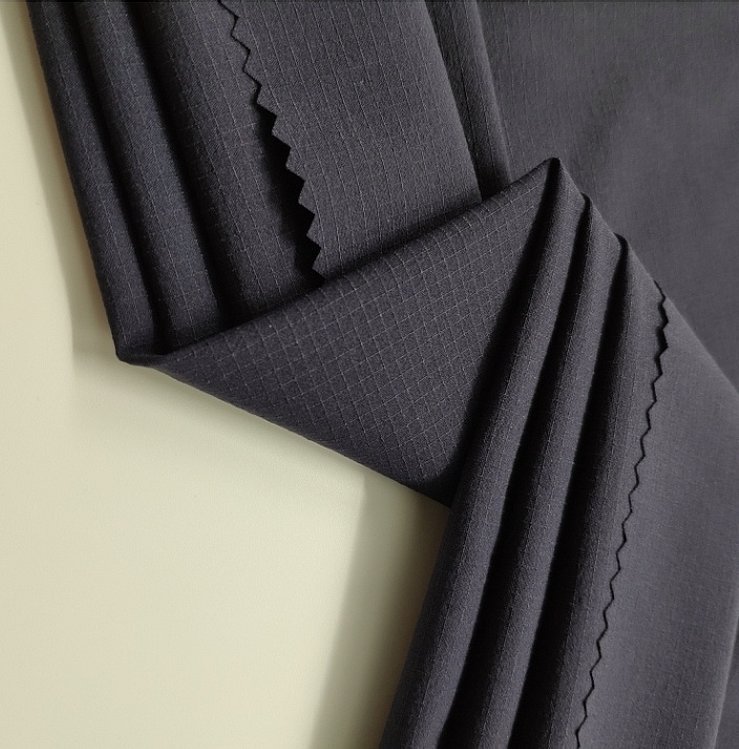
v
The threads are introduced into the structure of the main fabric crosswise with an average interval of about 6 mm: this is how the combined weave is formed, which is the basis of the structure of the material.
The difference between rip stop
Rip stop fabric, what is it, what can it mean, and how to recognize it? Even despite its complex structure, this material is relatively light. Ripstop can leave a variety of tactile sensations: it all depends on the base of the material.
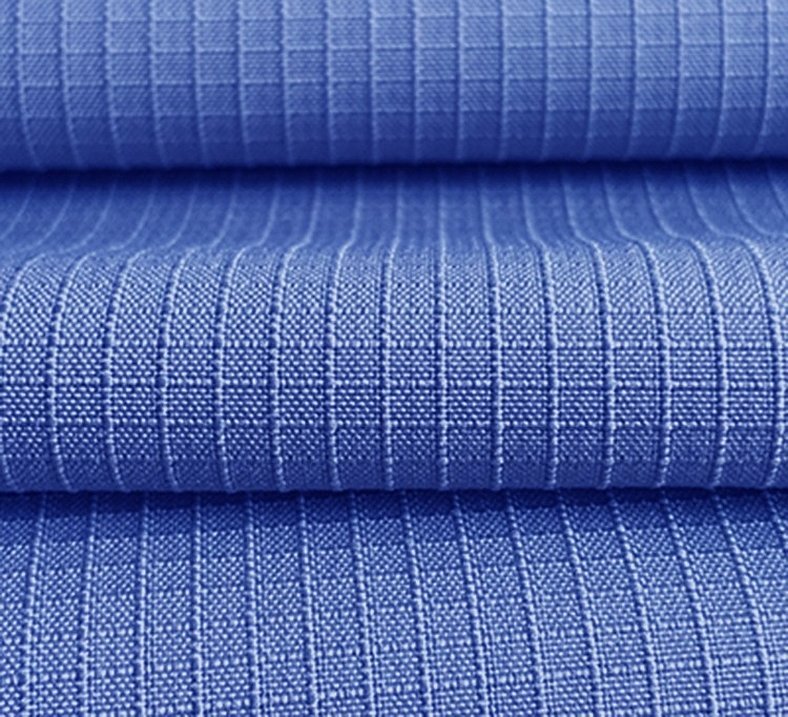
If you try to tear or crumple a piece of such material, you will not be able to do it with your bare hands - the fabric is extremely resistant to any kind of mechanical damage.
Additional information! The very first prototypes of the fabric were quite thick - the reinforced threads kind of "puffed up" the main fabric. Thanks to modern technologies in the field of light industry, the appearance of the material does not suffer: at first glance, rip stop is absolutely the same as any other fabric.
Fabric composition rip stop
The composition of a single flor sample can be "calculated" by taking into account two factors: the material of the main fabric and the type of reinforced threads in the base. In general, there are quite a few varieties of rip stop:
- Nylon is the lightest type of this fabric. In addition, it has water-repellent properties and the traditional durability of all varieties.
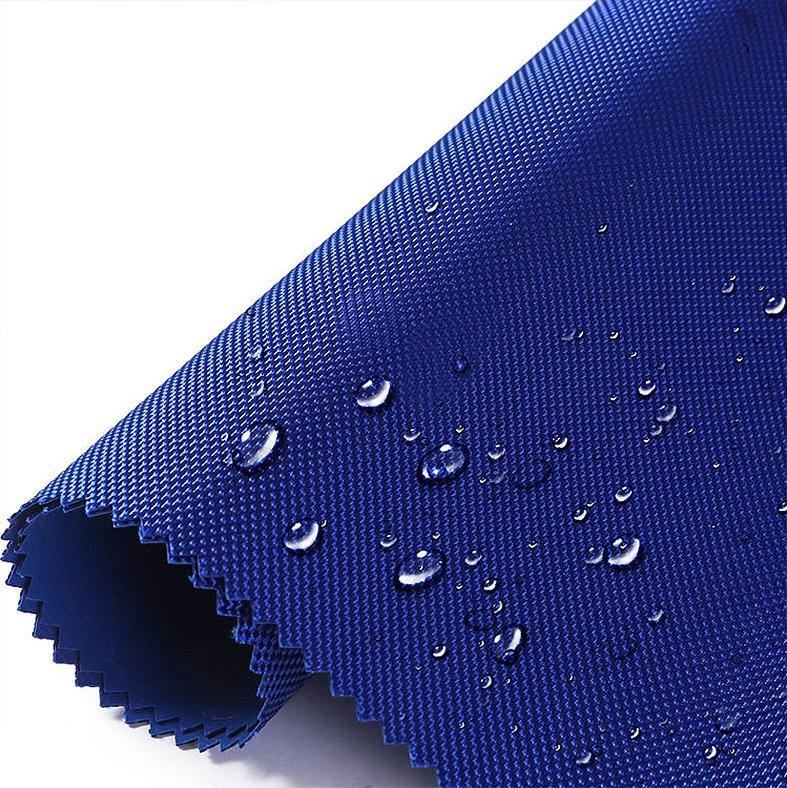
- Ballistic nylon is a record holder in terms of strength. It was from this fabric that the first bulletproof vests were made.
- Polyester is a transitional link between ballistic and regular nylon in terms of strength. In addition, it differs from regular nylon in its heavier weight.
- Blended - differs from all others in that it is based on natural fabrics, while the synthetic thread plays a secondary role, being only a reinforcing mesh.
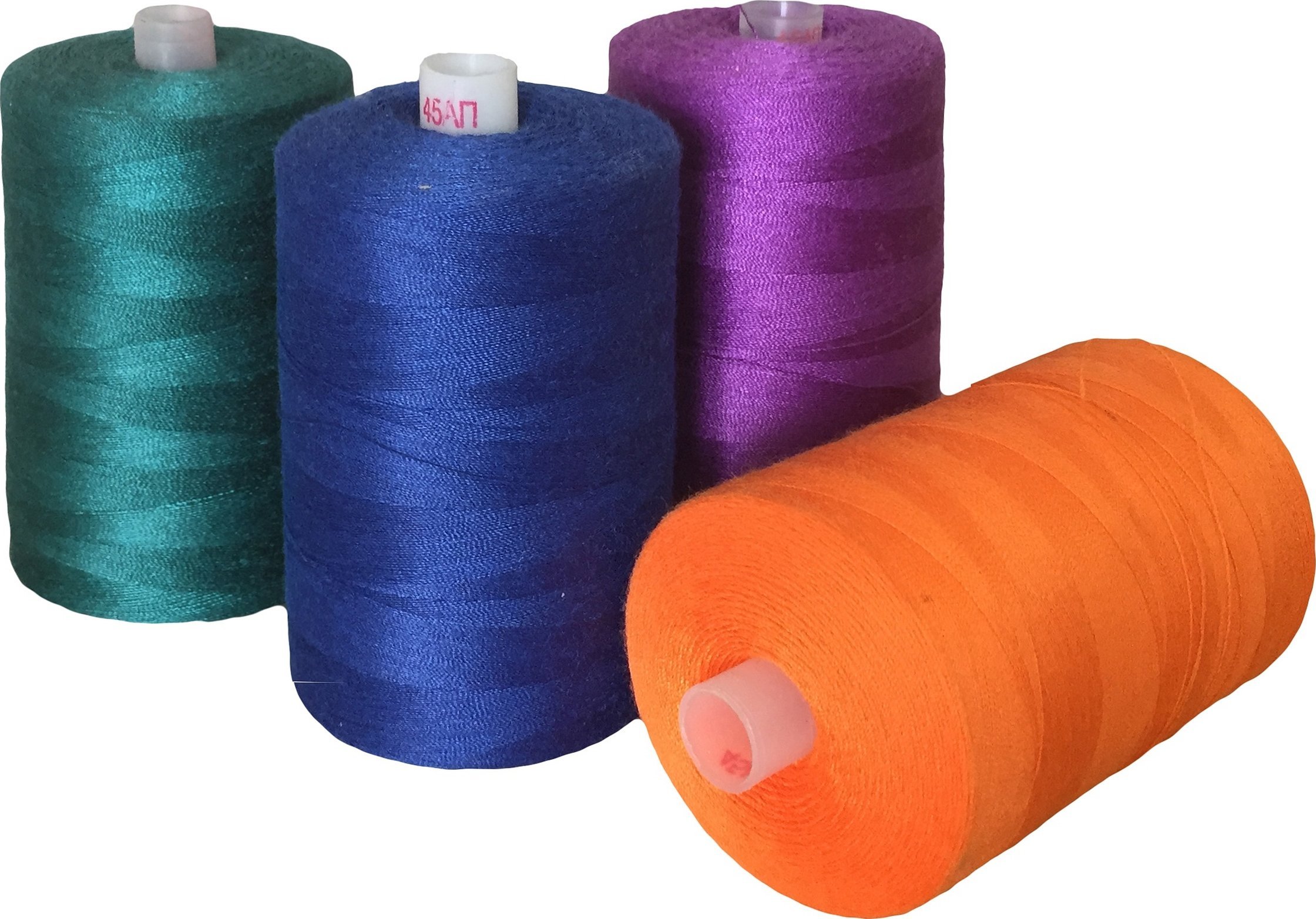
Technical specifications
Not only high strength defines rip stop. In addition, the fabric has a number of inherent advantages:
- High density - usually 200-225 g/m2.
- Hypoallergenic - even people who are sensitive to synthetics can usually wear clothes made from the material without discomfort.
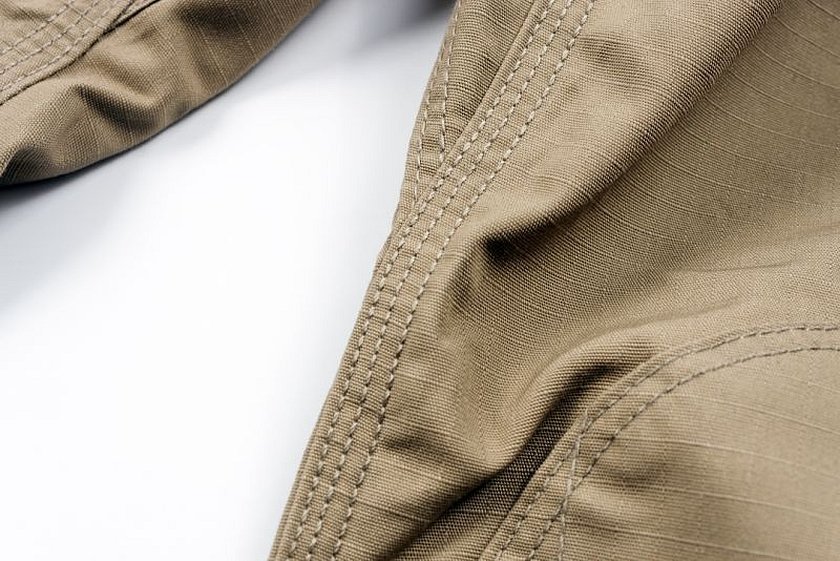
- The material is extremely resistant to damage and shrinkage.
- Wrinkle-resistant - this fabric is difficult to deform.
Using rip stop
Due to its wide range of advantages, the fabric covers a very impressive list of areas of application:
- The original goal of fabric development was to produce comfortable workwear that meets all standards. In this area, rip stop is still in demand and is very popular.
- The material has found no less application in aeronautics. Yacht sails, windsurfing sails, kites and hot air balloon domes are all made in most cases using this material.

- Rip stop has not bypassed military uniforms either. Due to the high strength of the material, such uniforms not only do not tear, but are also almost not subject to temporary modifications.
- Covers, backpacks and bags are also often made from rip stop. The fabric does not limit seamstresses in color, design or size.
- The most unusual area of application of materials is the production of flags. Such banners do not fade in the sun and do not become unusable for a long time.
Interesting fact! Even ordinary youth clothing is often made either entirely of rip stop or with inserts of this fabric. It is natural that in most cases, mixed rip stop is used for “civilian” items: this fabric “fits the body” best and is comfortable to wear.
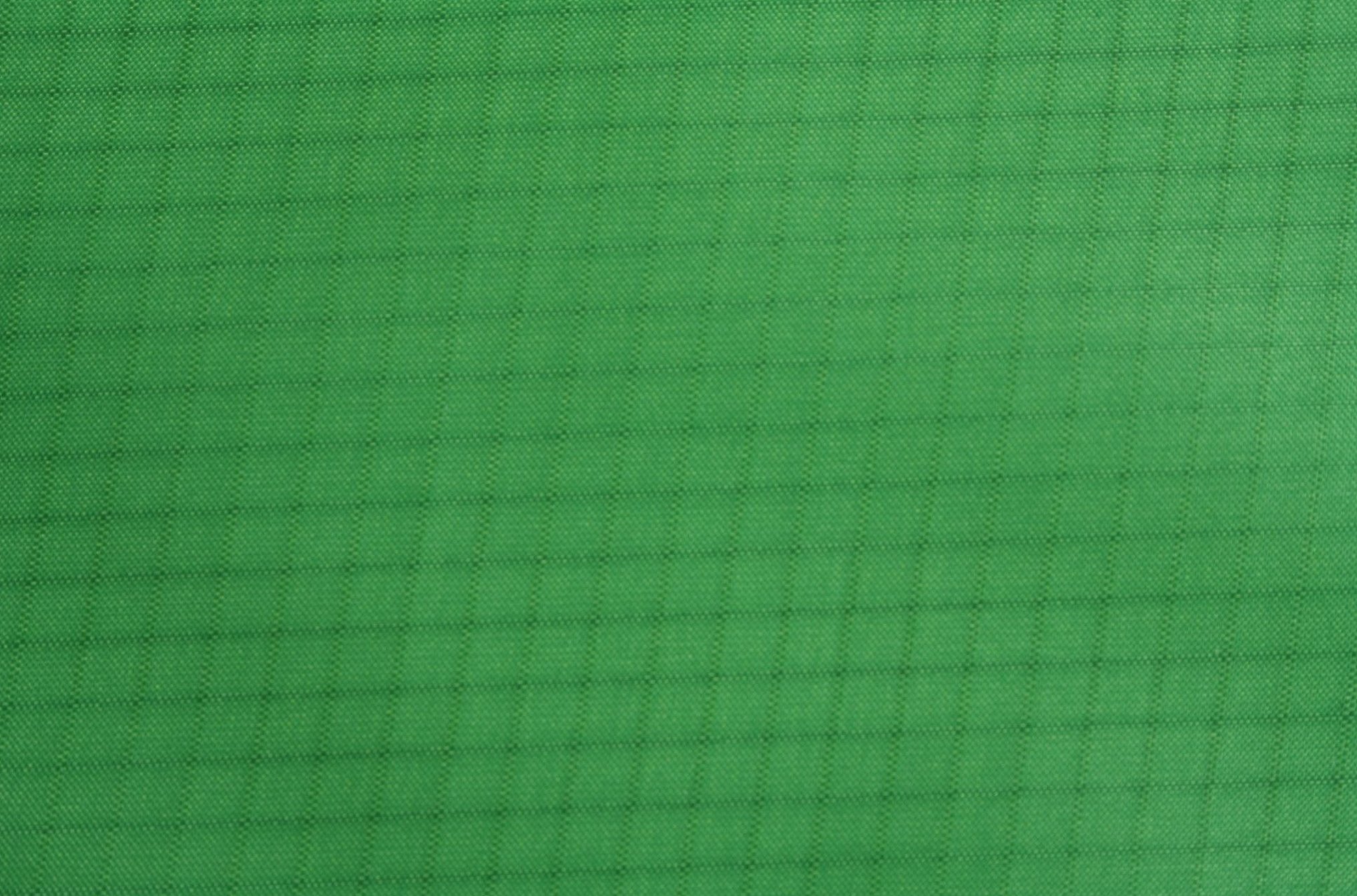
Thus, such material has become widely used among representatives of many groups: firefighters, police officers, medical workers, people interested in extreme hobbies, and just travelers.
Care of the material: washing rules
No special skills are required to handle rip stop: items made from this material can be washed either by hand or in a washing machine.
Hand washing is usually required for those types of fabric that are used for sewing work clothes: nylon and rip-stop polyester. In this case, the product must be washed in a soap solution, the temperature of which does not exceed 35 degrees. To effectively remove stains, it is enough to additionally treat them with soap and rub with a brush with hard bristles.

Please note! After the washing process, it is better not to wring out the fabric - otherwise, after drying, hard-to-remove folds will remain on the clothes. To avoid this, it is enough to let the water drain on its own, and then simply hang the product to dry.
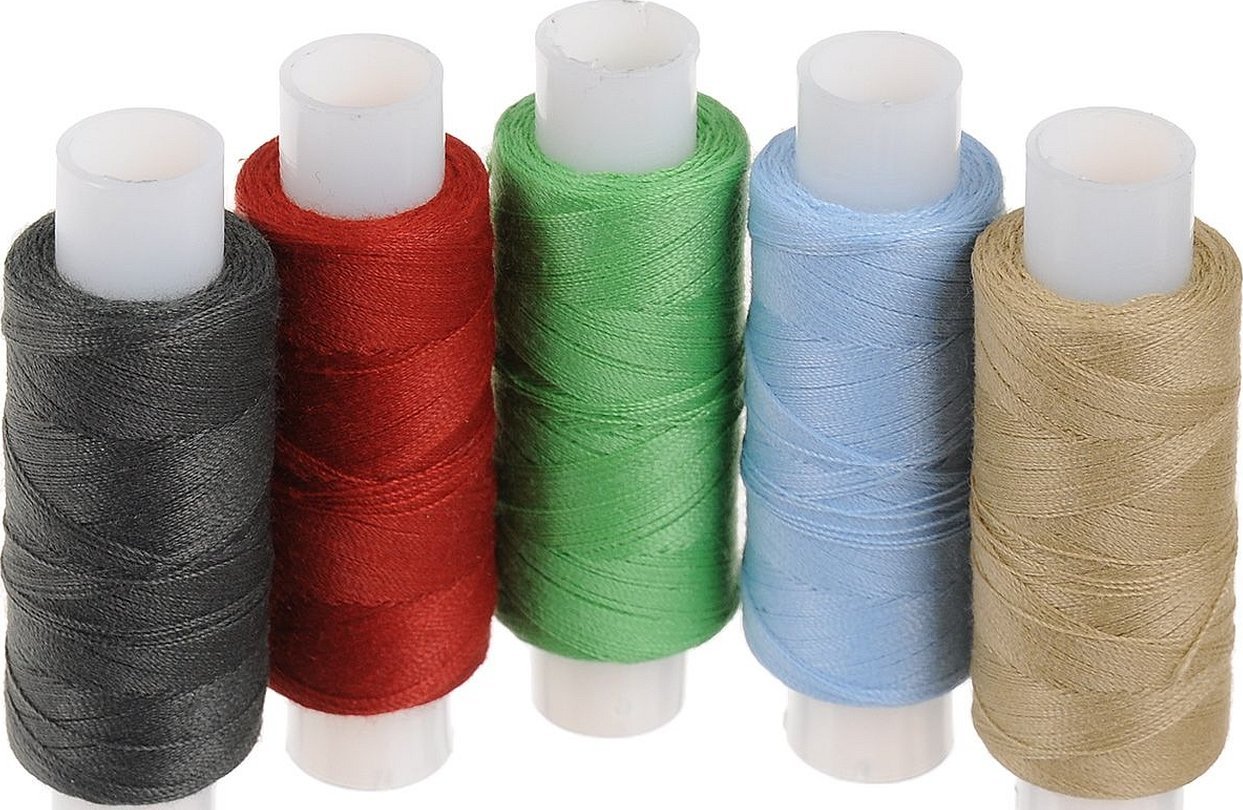
It is important to remember this feature when washing with a washing machine. In this case, you need to set the "Delicate wash" mode in the settings. To get rid of stains, you can safely use bleach. The main thing is to dilute the product in the right proportion.
You can also dry rip stop on the balcony - in this regard, the material is extremely unpretentious. However, you should still try to avoid mechanical drying in a washing machine - otherwise, unevenness and "wrinkles" are guaranteed to form on the product that cannot be smoothed out.
Ironing technology
Ironing is the most important part of caring for ripstop items. Even improper use of chemicals can cause less damage to the fabric structure than improper heat treatment.
Important! Proper preparation for the process is the key to its success. Items made of the material should be ironed only on a flat surface - an ironing board or a table covered with the material.
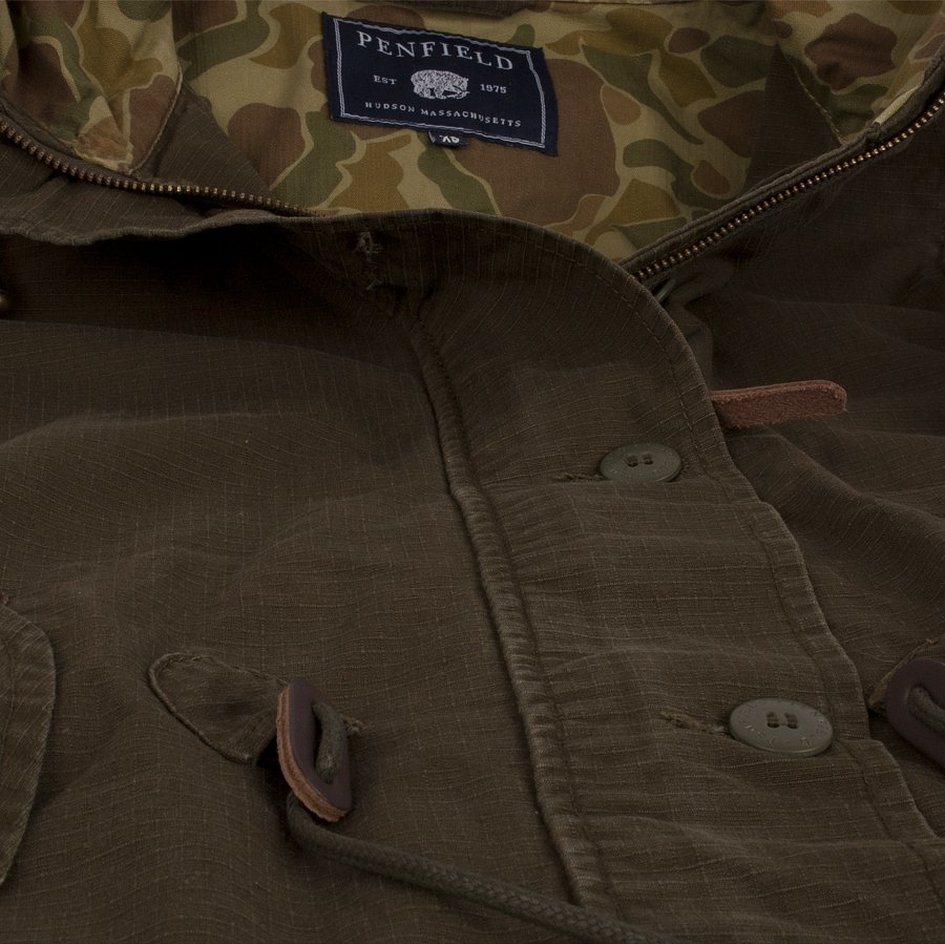
In addition, the item must be laid out correctly - you should make sure that there are no folds left anywhere.
Iron ripstop clothes through gauze soaked in water. Do not go over the fabric with a hot iron - it may lose its strength. It is best to set the temperature to medium. To avoid unwanted consequences, it is recommended to "test" the iron on an inconspicuous part of the product: an inside pocket or the back side. This way, you can easily understand how the material will react to the set temperature.
Pros and cons
Rip stop, like any other fabric, has its strengths and weaknesses: everyone can figure them out for themselves during the process of use. The main ones are presented below.
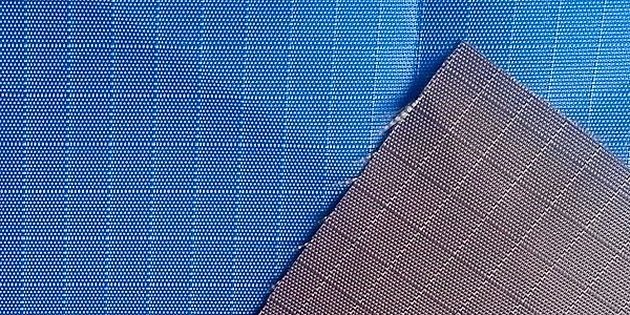
Pros:
- The material is not only durable, but also water-resistant and frost-resistant. It can successfully withstand temperatures down to forty degrees below zero.
- The material based on natural linen has a pleasant bonus - air permeability. Naturally, the body in such clothing feels more than comfortable.

- The material is not subject to rotting or attack by microorganisms - thanks to the reinforced synthetic structure at the base, it is reliably protected from natural processes.
- Rip stop is not sensitive to ultraviolet rays. That is why the fabric does not fade even after long exposure to the sun.
- The material is completely hygroscopic.
Cons:
- Since the technology of fabric production is step-by-step and complex, the price for it is set accordingly. In addition, if a special coating is required so that the clothes can withstand extreme temperatures, the already considerable price is doubled.
- If the clothing is made of synthetic fabric, profuse sweating will occur if you wear such clothing for a long time.
- Even if we take into account the fact that the fabric is quite light for its composition, the somewhat “heavy” format of the clothing can still cause discomfort.
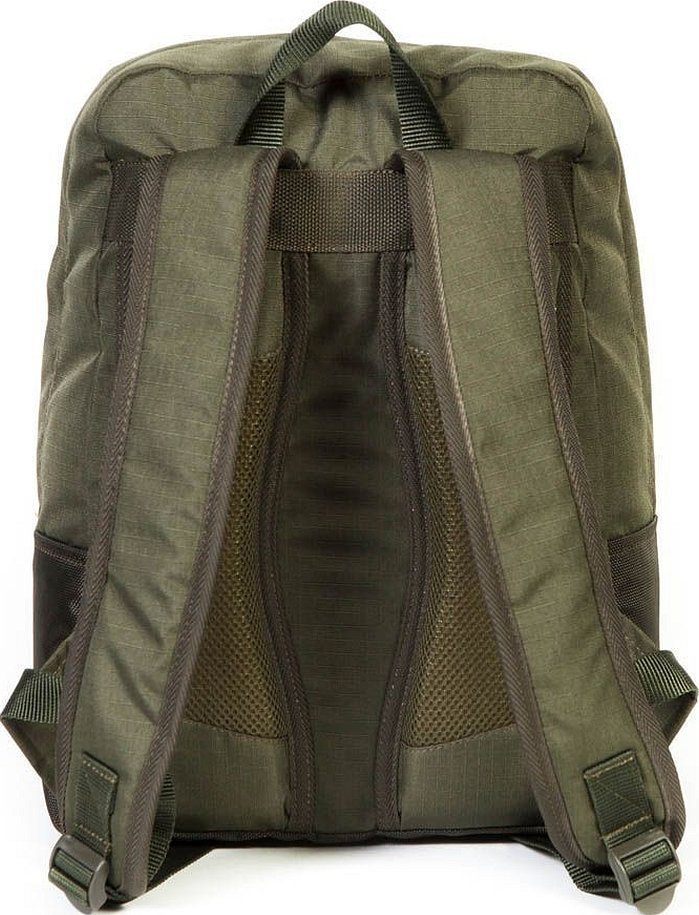
Thus, this material has significantly more advantages than obvious disadvantages. That is why it has become widespread - even in everyday life, such fabric can be found quite often. In order for ripstop products to serve for a long time, you just need to follow some simple rules for care.




